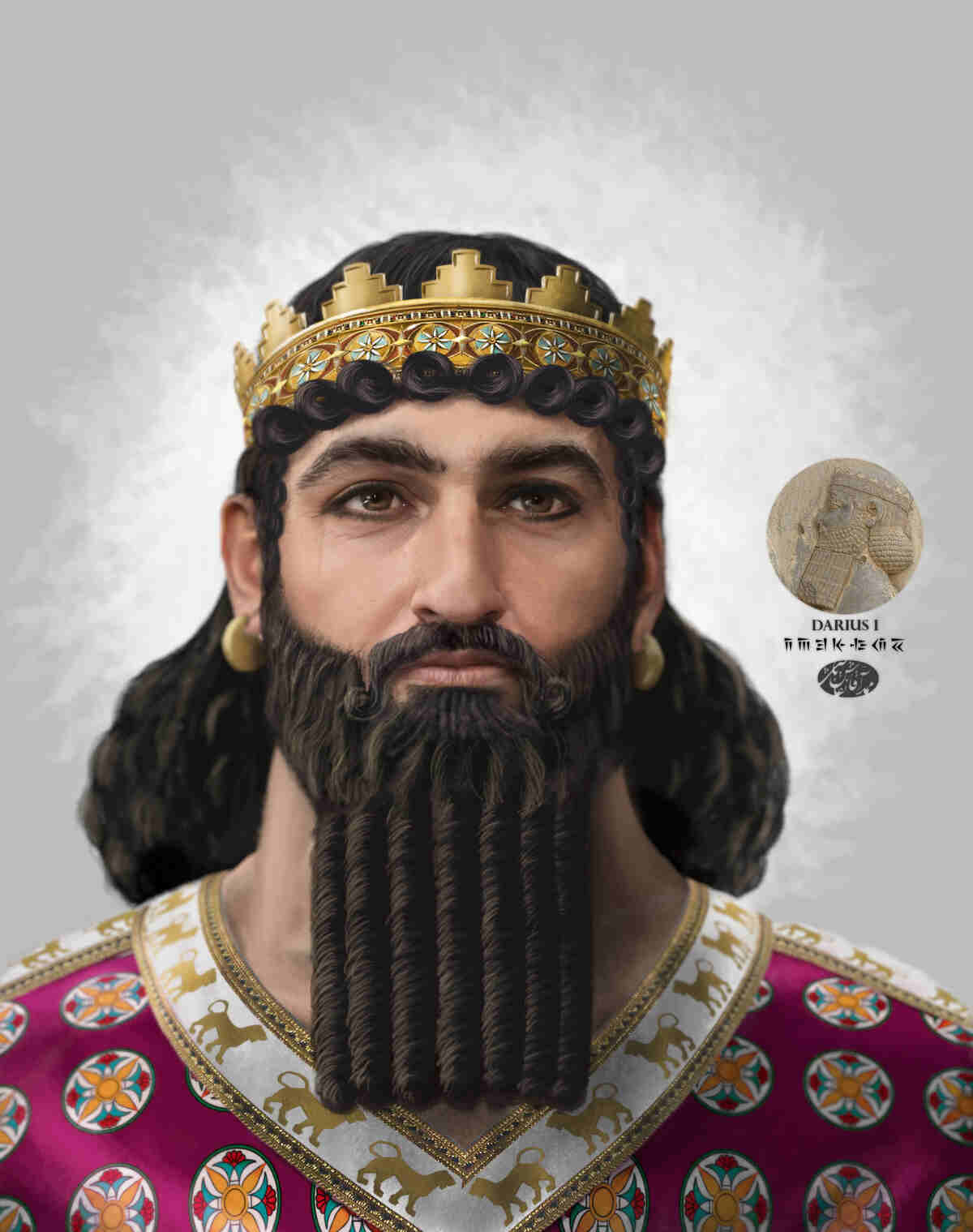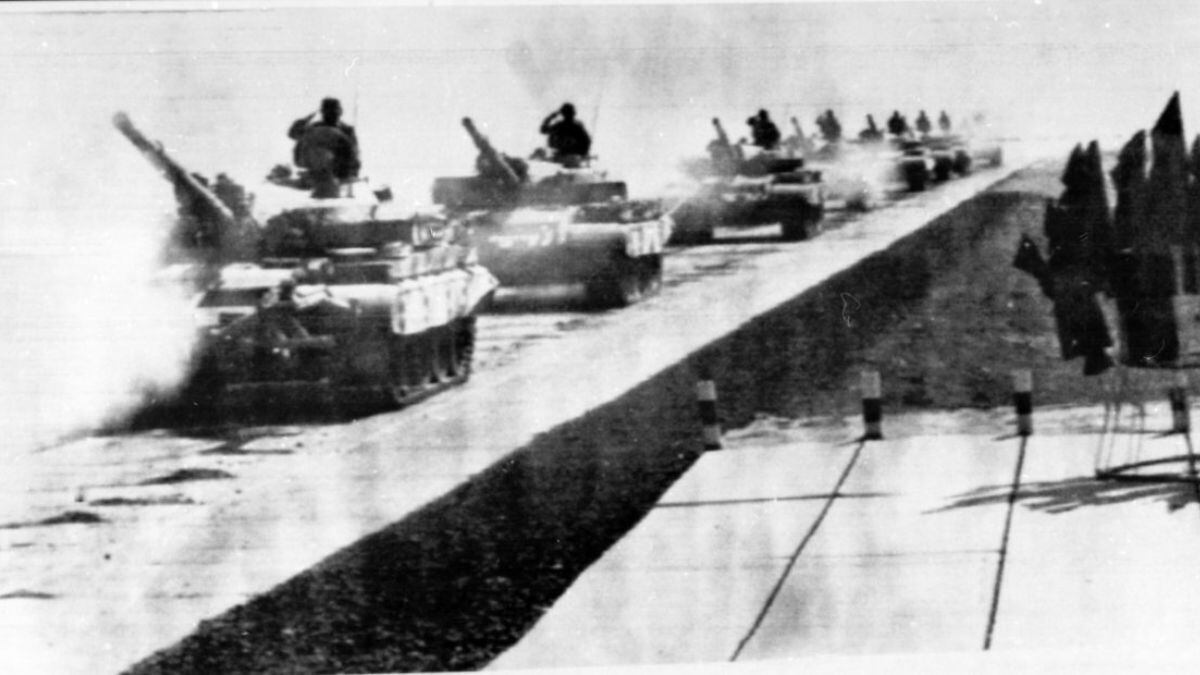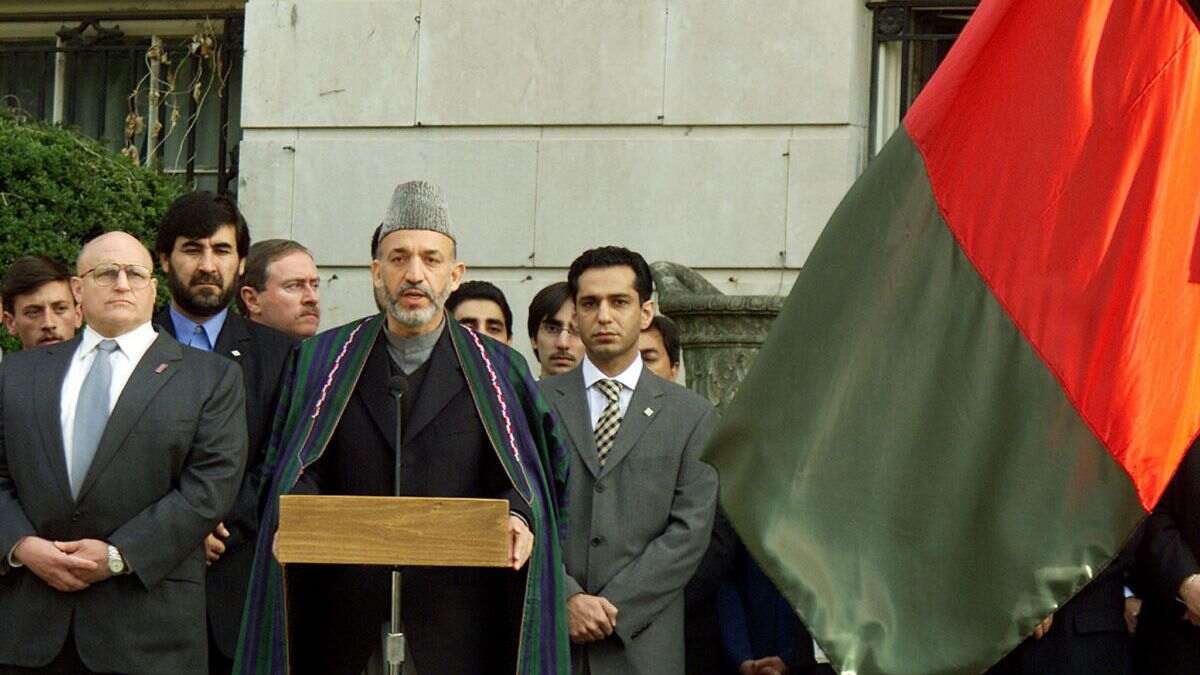Afghan Independence Day in Afghanistan is celebrated as a national holiday on August 19th. This day marks the memory of the Anglo-Afghan Treaty of 1919, an event where Afghanistan regained its independence from being under British rule. Back in the day, Afghanistan had been under British control and was considered a British protectorate due to the Treaty of Gandamak, which was signed in 1879 during the Second Anglo-Afghan War.
However, things changed in 1919 when the Anglo-Afghan Treaty was signed, as the treaty had a big impact. The treaty granted Afghanistan the status of complete neutrality in its relationship with Britain. This meant that Afghanistan was no longer under the control or protection of the British Empire. Afghanistan has since its early days seen its fair share of conflict. and this article will shed light on Afghanistan’s history timeline.
Afghanistan’s early history was characterized by the instability of foreign invasions and internal conflicts between warring parties. Afghanistan was situated at the intersection of two continents, Asia and Europe. It was ruled by some of the most important figures in history, including Darius I of Babylonia around 500 BC and Alexander the Great, the conqueror of Macedonia in the year 329 BC. Both of these figures shaped Afghanistan’s identity as a nation of diversity and continuous change.
During the 11th century, Sultan Mahmud of Ghazni emerged as a notable conqueror who laid the groundwork for an expansive empire stretching from Iran to India. As an influential Turko-Afghan warlord, Maharaja Sulaiman began conducting numerous looting expeditions into northern and western India, fiercely sacking cities and temples in his path. These victorious campaigns yielded significant amounts of treasure that were subsequently brought back to his capital in Afghanistan.
The 13th century introduces the formidable Genghis Khan, whose conquests extend to Afghanistan, yet the real significance of this era is the gradual emergence of a unified Afghan identity. The nation’s diverse factions begin to unite, setting the stage for Afghanistan to become a single country in the coming centuries.
Amid a backdrop of territorial struggles and external invasions, Afghanistan’s unity finally solidifies in the 18th century. This period of unification marks a turning point, paving the way for Afghanistan to transform from a fragmented territory into a cohesive nation.
The 19th century witnessed a clash of global interests as Britain seeks to safeguard its Indian empire from Russian expansion. This geopolitical tug-of-war resulted in a series of British-Afghan Wars, highlighting Afghanistan’s strategic importance as a buffer between two major powers and its fight to maintain independence.
Following the tumultuous aftermath of World War I, Afghanistan experiences a refreshing sense of liberation under the leadership of Amir Amanullah Khan. His efforts lead the nation towards independence, breaking free from the grip of British influence. With a fervent desire to propel Afghanistan into a new era, Khan sets out on a transformative path characterized by ambitious social and economic reforms. His ultimate goal is to elevate the nation’s standing on the global platform, marking a significant step forward in Afghanistan’s history.
As Afghanistan seeks modernization under Amir Amanullah Khan’s leadership, the nation undergoes transformational changes. By declaring Afghanistan a monarchy and launching modernization initiatives, Khan aims to bring the nation in line with global progress. However, opposition and discontent within the country eventually lead to his abdication.
Amidst the changing political landscape, Zahir Shah emerges as king, providing a period of relative stability that spans several decades. Under his reign, Afghanistan experiences a certain degree of calm and continuity, fostering a sense of stability that contrasts with the tumultuous years preceding it.
The year 1947 sees the partition of India and the birth of Pakistan. Afghanistan becomes a neighbour to this newly formed Islamic state, sharing a complex border. This development deepens Afghanistan’s regional ties and introduces new challenges and opportunities in its foreign relations.
Gen. Mohammed Daoud Khan’s pro-Soviet stance and social reforms, such as granting women more rights, mark a pivotal shift in Afghanistan’s political landscape. The nation establishes strong ties with the communist bloc, shaping its trajectory as a player on the global stage.
The overthrow of King Mohammed Zahir Shah by Gen. Mohammed Daoud Khan leads to the establishment of the People’s Democratic Party of Afghanistan. This event marks a turning point as Afghanistan aligns itself with communist ideology and strengthens its ties to the USSR, setting the stage for significant political and social changes.
Afghanistan plunges into internal conflict as political power struggles culminate in a communist coup. The rise of the Mujahadeen, a group fighting against the Soviet-backed government, symbolizes the nation’s resistance to external influence and its struggle for sovereignty.
The Soviet invasion of Afghanistan triggers a new phase of conflict, as Afghan resistance intensifies against the foreign occupiers. The emergence of the Mujahadeen as a force of resistance epitomizes the nation’s resilience and determination to protect its identity and freedom.
The 1980s become a pivotal decade in Afghanistan’s history as the Mujahadeen unite to resist the Soviet invaders. With support from various international sources, they turn the tide against the occupiers, symbolizing the nation’s capacity for collective action in times of crisis.
In the 1990s, a notable development emerges as the Taliban, a conservative Islamic militia, ascends to power and takes control of Afghanistan. Despite their pledge to establish stability and uphold traditional beliefs, the Taliban’s stringent interpretation of Islamic law and their crackdown on basic human rights elicit widespread apprehension worldwide. These actions play a pivotal role in defining Afghanistan’s reputation in the global arena, as concerns grow over the impact of their policies on the nation’s international perception.
The 9/11 attacks on the United States propel Afghanistan into global attention once again as it becomes a focal point in the War on Terror. U.S. and allied forces intervene, overthrowing the Taliban regime and seeking to stabilize the nation after decades of conflict and turmoil.
Efforts to rebuild and stabilize Afghanistan continue, accompanied by significant challenges. The nation holds elections, navigates political transitions, and confronts ongoing security threats, symbolizing its resilience in the face of adversity.
The 2020s mark a period of transition and uncertainty for Afghanistan. The U.S. signs a peace deal with the Taliban, raising hopes for stability, but the nation grapples with political, social, and security challenges. The fall of Kabul to the Taliban in 2021 underscores the complexities of Afghanistan’s journey toward lasting peace and development.
ALSO READ|
Executive
Get here current GK and GK quiz questions in English and Hindi for India, World, Sports and Competitive exam preparation. Download the Jagran Josh Current Affairs App.
Champions Trophy 2025 Semi Final: Teams, Match Date, Time, Venue, Updated Squad and Players List
ICC Men’s ODI Batting Rankings: Check Latest ODI Batting Ranking Here
Spot 5 differences between the bird pictures in 21 seconds!
ISC Class 12th Maths Answer Key 2025: All SETs PDF Download
[OUT] RRB RPF SI Result 2025: Check Steps to Download 01/2024 Merit List PDF, Cutoff Marks and Scorecard Link
List of 21 Fake Universities in India (2025); Check Name, States as per Official UGC Data
List of Best Colleges Accepting for 70-80 Percentile Score in JEE Mains
SC Ruling: Visually Impaired Can Now Be Judges, Strikes Down MP Judicial Service Rule
Top Pilot Training Colleges in India: Check Fees, Eligibility and Admission Process
67 Chhattisgarh Colleges are to be Eligible for B.Ed Courses for B.Com Graduates
Participating Colleges List for Assam CEE 2025: Check Eligibility, Exam Pattern, and Schedule
REET Answer Key 2024 Kab Aayegi: रीट परीक्षा की उत्तर कुंजी जल्द होगी जारी, इस लिंक से कर सकेंगे डाउनलोड
Champions Trophy 2025 Semi Final: Teams, Match Date, Time, Venue, Updated Squad and Players List
ICC Men’s ODI Batting Rankings: Check Latest ODI Batting Ranking Here
AP SSC Hall Ticket OUT: Direct Link to Download BSEAP 10th Class Admit Card at bse.ap.gov.in
03 March 2025: Test Your Knowledge with the Daily Current Affairs Quiz!
Spot 5 differences between the bird pictures in 21 seconds!
REET Level 1 and 2 Answer key 2025 Date: Check Rajasthan REET Response Sheet at reet2024.co.in
REET Answer Key 2025 Out Soon at reet2024.co.in, Check Steps to Download Level 1 and 2 PDF Direct Links Here
ISC Class 12 Maths Question Paper 2025 Available, Download All SETs PDF
NDA Full Form with Complete Details
List of CUET Colleges Offering Admissions at 80-90 Percent: Check Exam Process and Eligibility
अब Visually Impaired भी बन सकते है जज, Supreme Court ने ऐतिहासिक फैसले में जानें और क्या कहा?
